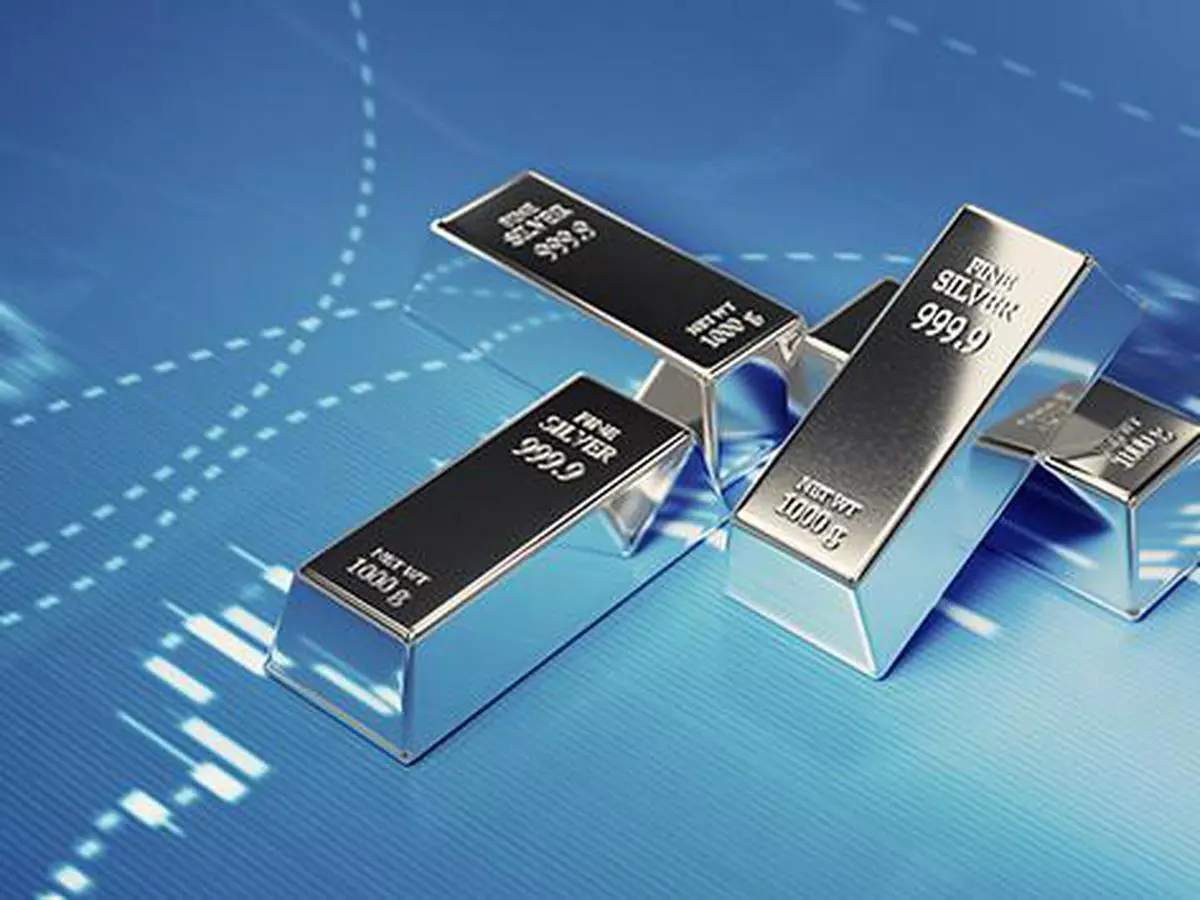The Future of Investing in Silver: Promising Opportunities Amid Economic Fluctuations
Silver is one of the most important precious metals that has long been a safe haven for investors. Amid current economic fluctuations and global market instability, questions arise about the future of investing in silver and its role in enhancing investment portfolios.
Why Invest in Silver?
Silver is not just a precious metal used in jewelry manufacturing; it is a vital material in many industrial applications, such as electronics, solar energy, and medicine. Therefore, its demand is influenced by multiple factors, making it an attractive investment option.
Factors Influencing the Future of Silver
Global Economic Fluctuations
With rising inflation and weakening traditional currencies, investors turn to precious metals, including silver, as a means of preserving value.
Expectations of increased demand for silver during times of economic uncertainty position it as a strong investment asset.
Technological Advancements and Renewable Energy
Silver is a core material in manufacturing solar panels (Photovoltaic cells), an industry experiencing rapid growth due to the global shift towards clean energy.
The growing reliance on silver in advanced technologies, such as computer chips and communication devices, boosts its demand.
Silver’s Dual Role
Silver serves as both an industrial and a reserve investment. This dual role makes it less volatile compared to other investments.
Advantages of Investing in Silver
Portfolio Diversification
Silver is an ideal option for investors seeking to diversify their assets away from stocks and cryptocurrencies.
Hedge Against Inflation
Like gold, silver retains its value during inflation and rising prices, making it an effective hedging tool.
Affordable Pricing
Compared to gold, silver is more affordable, providing smaller investors with easier market entry.
Challenges of Investing in Silver
Price Volatility
Silver prices are highly influenced by economic and industrial factors, making them more volatile compared to gold.
Storage and Insurance Costs
Silver requires more storage space compared to gold due to its lower density, adding extra costs for investors.
How to Invest in Silver?
There are several ways to invest in silver:
Buying Physical Silver
Bullion and silver coins are popular choices for investors looking for tangible assets.
Investing in Exchange-Traded Funds (ETFs)
ETFs provide an easy way to access the silver market without the need for storage.
Investing in Silver Mining Stocks
You can invest in mining companies that benefit from rising silver prices.
Futures and Derivatives
For more experienced investors, futures contracts offer opportunities to profit from price movements.
Future Outlook for the Silver Market
According to experts, demand for silver is expected to rise significantly in the coming years due to the expansion of technological industries and the growing need for renewable energy sources. As traditional economies slow down, investing in silver will remain an attractive option to weather economic fluctuations.
Tips for Silver Investors
Continuous Market Analysis
Monitor economic and industrial factors affecting silver prices.
Diversification
Avoid fully relying on silver and combine it with other assets to achieve portfolio balance.
Long-Term Investment
Despite price volatility, silver is a solid choice for long-term investment.
Conclusion
The future of investing in silver holds many opportunities, especially with increasing industrial demand and the shift towards renewable energy. If you’re looking for an investment that combines safety and growth, silver deserves a place in your investment strategy. However, it is always advisable to conduct thorough research or consult financial experts before making investment decisions.

